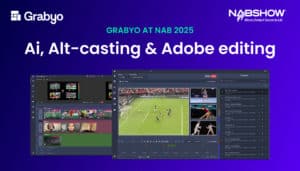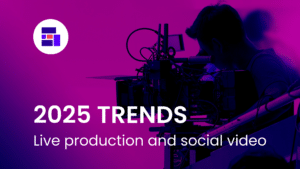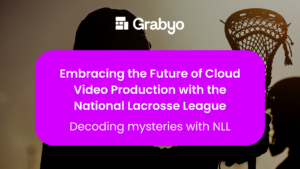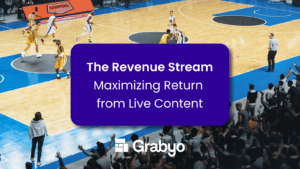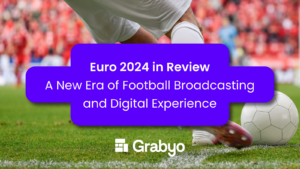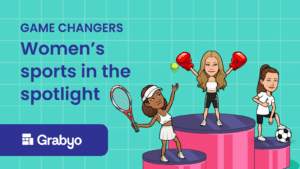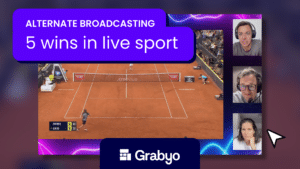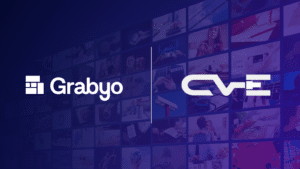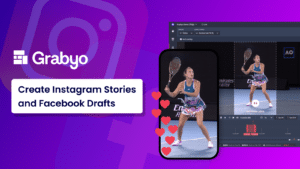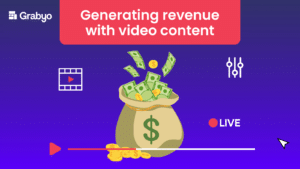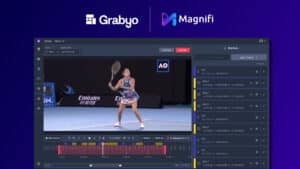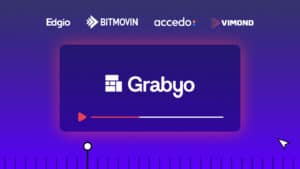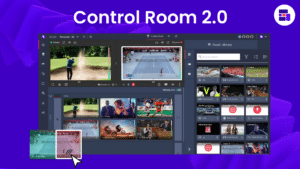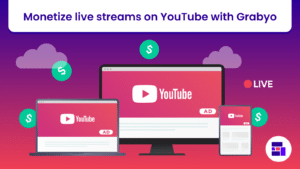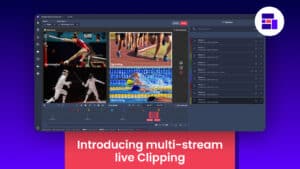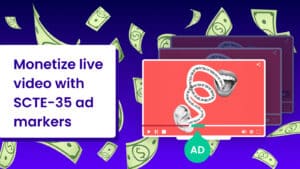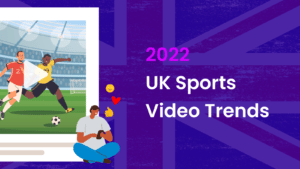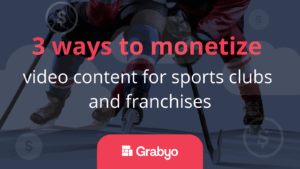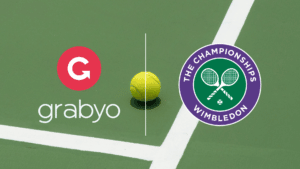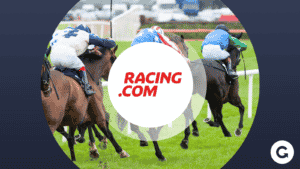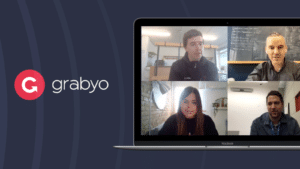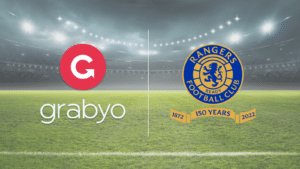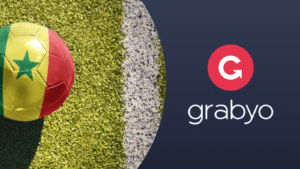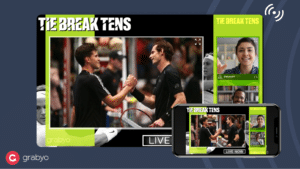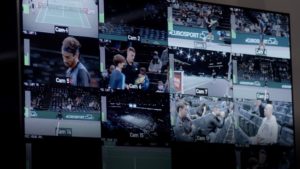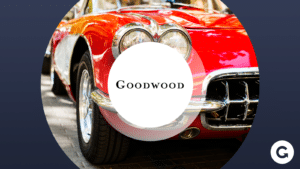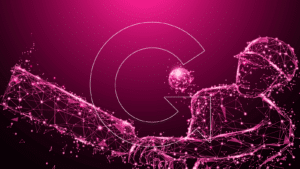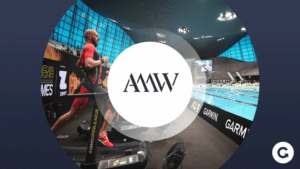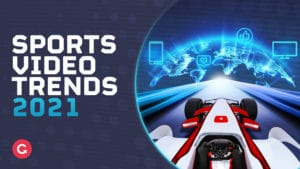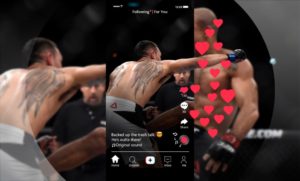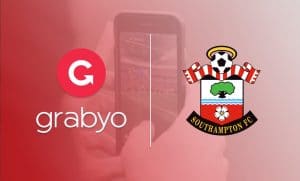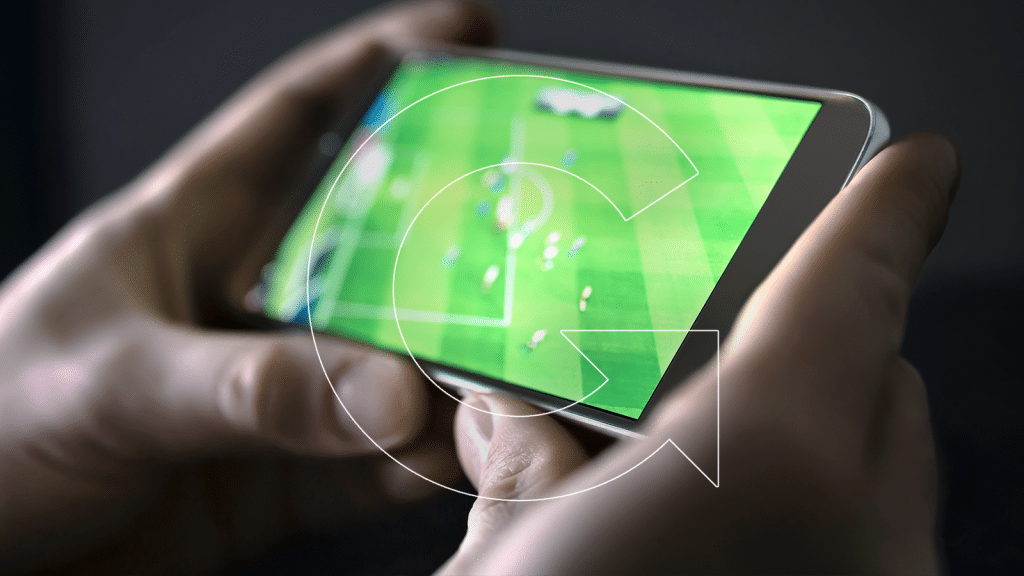
Euro 2020: How digital-first sponsorship came home a winner
Euro 2020 was unlike any other football tournament that has come before it. Not only was the tournament across eleven host cities, but it delivered the most complete and diverse social strategy for the competition and its partners.
Before the competition kicked off, UEFA claimed that its digital channels would be “at the heart of it, bringing supporters as close to the action as possible as football celebrates the first major final tournament since the start of the COVID-19 pandemic.”
Its digital team aimed to bring real-time content from every team, host city, and match day to fans across Europe 24/7. All 51 matches were covered across its new TikTok live programming alongside Instagram, Facebook, Twitter, and its app.
Like any other broadcaster or rights holder, Euro 2020’s social strategy had three fundamental purposes, fan engagement, brand activation, and increasing viewing figures.
The final was watched by over 31million people in the UK alone, one of the highest viewing figures ever in the country, showing that the tournament’s strategy had been successful in reaching audiences.
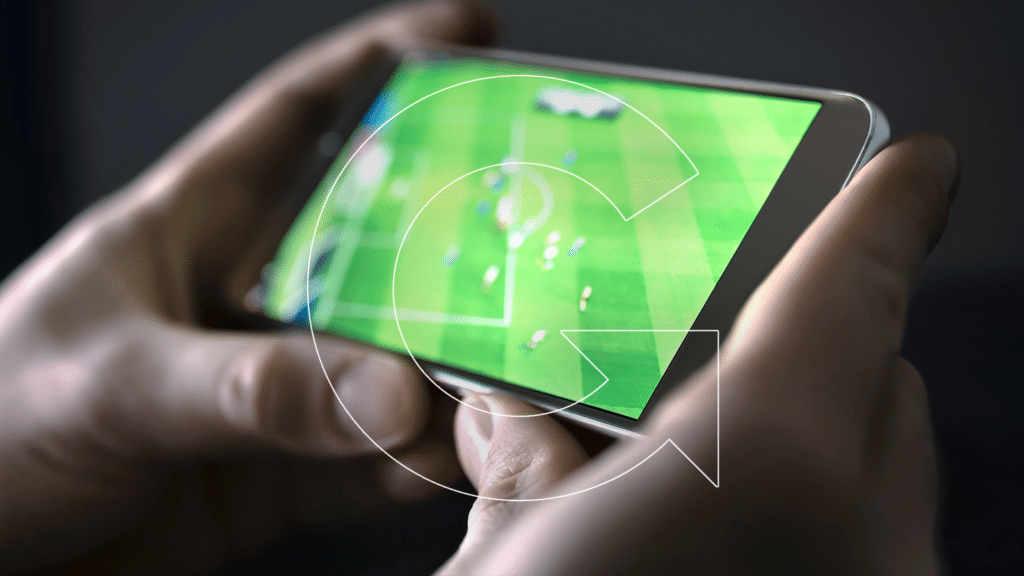
Tik Tok – An industry first for sponsorship
TikTok became the first social media platform to support a major sporting event. The platform generated over 5.1 Billion views on the hashtag #EURO2020, in addition to 100s of millions of views on related hashtags such as #GoalCelebrations and #FlagFace.
Alongside Vivo and Qatar Airways, the fastest growing social media platform on the planet became one of the three official Euro 2020 sponsors.
The brand activations for the partners were even more groundbreaking. TikTok did have the activations you would expect from a major tournament with its logo prominent throughout advertising materials; however, where it stood out was the value they added to Euro 2020.
Its activation started with an Instagram Live from Ed Sheeran, debuting a new song in front of an empty Portman Road. While there were no fans in the stand, the performance broke the record for the most-watched live music performance on the platform, with over 5.5million watching Sheeran perform.
The company also launched augmented reality effects and hashtag challenges to engage fans with the tournament and its platform.
@euro2020 Sancho dancing around defenders in Rome 🌟 ##EURO2020 ##England ##Sancho
♬ original sound – EURO2020
The app allowed fans to do their own trophy tour or juggle a football with the AR features, alongside a football hub where fans could follow scores and news without leaving the platform.
The Euro 2020 and TikTok collaboration was highly successful, with the tournament’s official account, which launched this year, already gaining 5.4M followers and 79.4M likes. For TikTok, this activation was about being exposed to a new demographic. With a mixture of classical advertising, television adverts, and activations on the app, the brand was able to penetrate and engage with football fans across Europe and the rest of the world.
Brand Activation – How have brands activated using Euro 2020
Like any other major sporting tournament, many brands used Euro 2020 to activate either directly by partnering with the tournament or getting behind their nation.
Of the eleven headline sponsors, only Hisense and Coca-Cola remained from the 2016 tournament. Many global brands were replaced by younger digital-first companies, such as Just Eat, which didn’t even exist in 2016.
Due to the social distancing restrictions in place across many of the host cities, these brands had to be creative and adapt to this new way of working.
Brands that have either partnered with the competition or used it to piggyback their own campaigns have produced impactful digital content. Deliveroo, an official sponsor of the England team, executed a multiplatform that spanned newspapers, social media and its app. The approach was a mixture of classic advertising, themed social media content and deals on its app to draw people in once they arrived.
The number of headers @HarryMaguire93 will score this summer #EnglandTilWeDine #ENGSCO pic.twitter.com/SFIZYAELWI
— deliveroo (@Deliveroo) June 18, 2021
One of the most eye-catching pieces of brand activation came from BT, who decided to use its brand placement to promote its anti-online abuse campaign, Hope United. A set of videos and adverts were displayed across a variety of social media platforms, showing players, both male and female, from all the host nations playing together and promoting inclusivity.
Other brands used the tournament to activate in very different ways, with Specsavers in the UK producing an eye chart billboard which spelled out ‘It’s coming home’ and former sponsors of the tournament McDonalds giving 25% off its entire menu the day before England played in the final.
Brands have to align with the current worldwide trends is essential for future growth. Those who find new ways to innovate activations, as many have throughout Euro 2020, will continue to be successful in this new digital-first landscape.
You’ve got to see it to believe it…#ENG #ItsComingHome pic.twitter.com/Y8Tfc4so70
— Specsavers (@Specsavers) June 29, 2021
Is this the future for major tournaments?
Euro 2020’s digital-first success could provide a blueprint for all major tournaments in the future. The tournament was able to engage younger viewers, even those not previously interested in football, and provide valuable sponsorship opportunities at scale.
The size of the European sports sponsorship industry is valued at £15.87bn by Nielson Sports. Reaching sports fans is a lucrative but demanding task, brands need to follow consumer trends to find new ways to create memorable touchpoints. With brands seeing great success in staking much of their campaigns in the digital arena, it is likely we will see this area grow the most in the coming years.
Euro 2020’s approach to the tournament is easily replicable for other major sporting events in the coming years. It is clear that by putting digital engagement first, these events can engage fans, improve viewing figures and attract major brand partners and sponsors.
Euro 2020 was unlike any other football tournament that has come before it. Not only was the tournament across eleven host cities, but it delivered the most complete and diverse social strategy for the competition and its partners.
Before the competition kicked off, UEFA claimed that its digital channels would be “at the heart of it, bringing supporters as close to the action as possible as football celebrates the first major final tournament since the start of the COVID-19 pandemic.”
Its digital team aimed to bring real-time content from every team, host city, and match day to fans across Europe 24/7. All 51 matches were covered across its new TikTok live programming alongside Instagram, Facebook, Twitter, and its app.
Like any other broadcaster or rights holder, Euro 2020’s social strategy had three fundamental purposes, fan engagement, brand activation, and increasing viewing figures.
The final was watched by over 31 million people in the UK alone, one of the highest viewing figures ever in the country, showing that the tournament’s strategy had been successful in reaching audiences.
For more information on how Grabyo supports sports organizations to deliver social and digital video content, click here.
Related blogs
Stay in touch.
Join over 10,000 media professionals and register to receive our monthly newsletter directly to your inbox!


